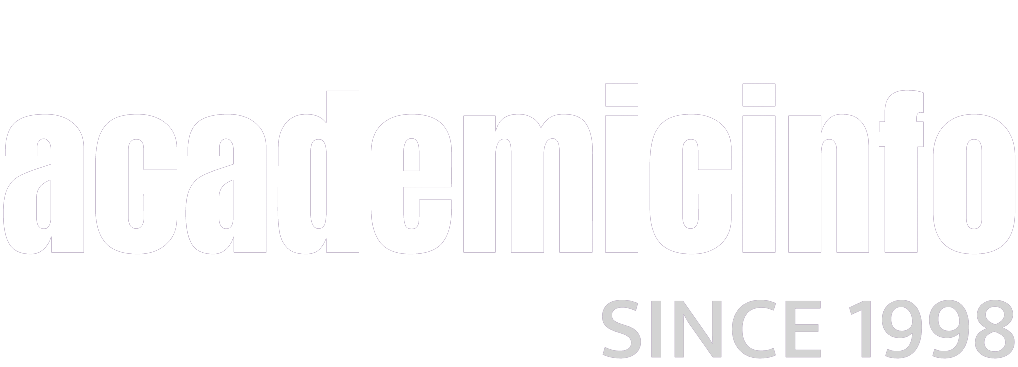Online Degrees and Distance Learning
More established traditional schools and universities such as Yale, Stanford and Harvard may still receive universal praise for their standing in education circles, but a lot of online schools are quickly establishing themselves as key players in the education spectrum.
Browse Online Degrees by Subject
Online Degrees vs Traditional Degrees
There are undoubted differences between a traditional and online degree, with the latter not restricted to a single location. However a closer look at both shows that despite the many advantages gained from pursuing a degree online, both mediums aren’t that different from each other.
- Both offer a plethora and wide variety of degrees and courses to choose from.
- While earning a degree online comes with an element of flexibility to it, the traditional approach may still hold more of an appeal to those who appreciate the social interaction a brick and mortar establishment comes with.
- It doesn’t matter if one earns a degree through traditional or non-traditional method with both now widely accepted as credible, so long as they originate from reputable and accredited institutions.
- The face to face interaction between teacher and student still exists within both mediums, albeit through technological aids when studying online.
- Open enrollment is another major reason to consider an online education. While campus based schools have a fixed open period of enrollment, one can sign up for an online degree at anytime.
However way you choose to look at it, the practice of e-learning can be split into three main categories:
Computer-Based Learning (CBL)
This is the practice of teaching with the computer as the primary tool to facilitate learning. It was hugely successful at tailoring the pace to individual students and was common place in the late 80s to early 90s. The main disadvantage of CBL was the limited level of interaction kids had with their teachers who in some cases simply left them in front of a computer to their own devices.
Computer-Based Training (CBT)
Sometimes called Web-based training, this is when training is carried out on a computer by way of specific programs. It is a mode that can be distributed via CD-ROMs or the internet and we have all at some point or another employed to get to grips with a new piece of software.
Computer-Supported Collaborative Learning (CSCL)
This is the practice of incorporating technology as a means of facilitating learning amongst multiple individuals. Common examples of CSCL tools include blogs, media sharing mediums, wikis and whiteboards. Some advantages of Computer-Supported Collaborative Learning include its ability to increase student motivation, time saving as well as social interaction which helps develop critical thinking.
Education Levels
In the United States, the academic levels are often categorized as follows. Generally, an Associate degree represents the first two years of college or university studies followed by the Bachelor's degree that usually takes 4 years to achieve. Adding another year or so of post-graduate studies could lead to a master's and finally one may earn a doctoral degree after that.
